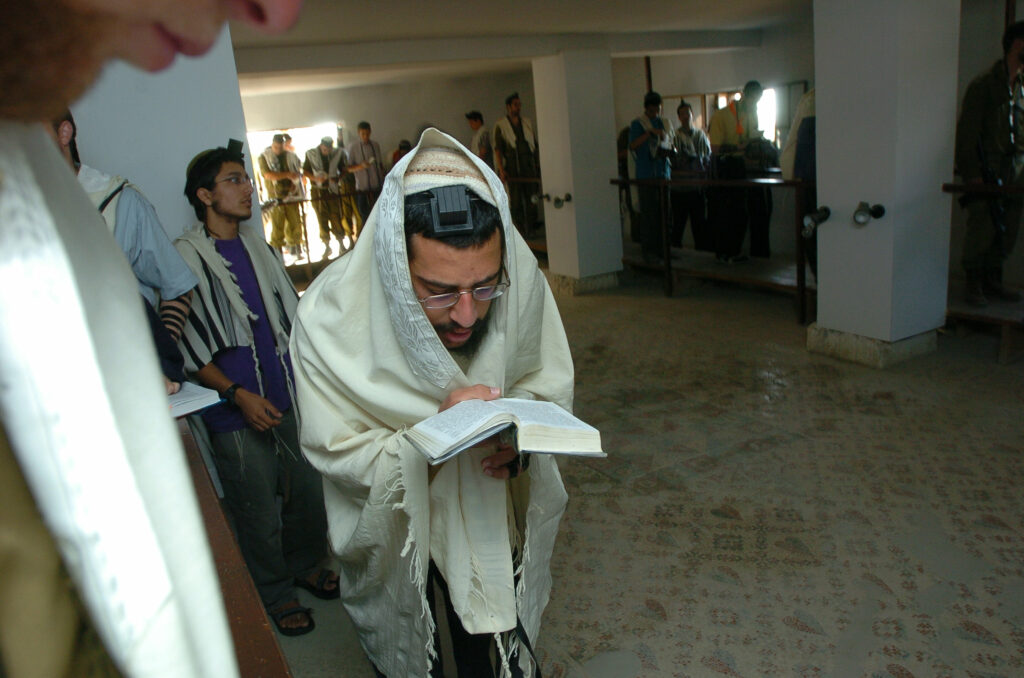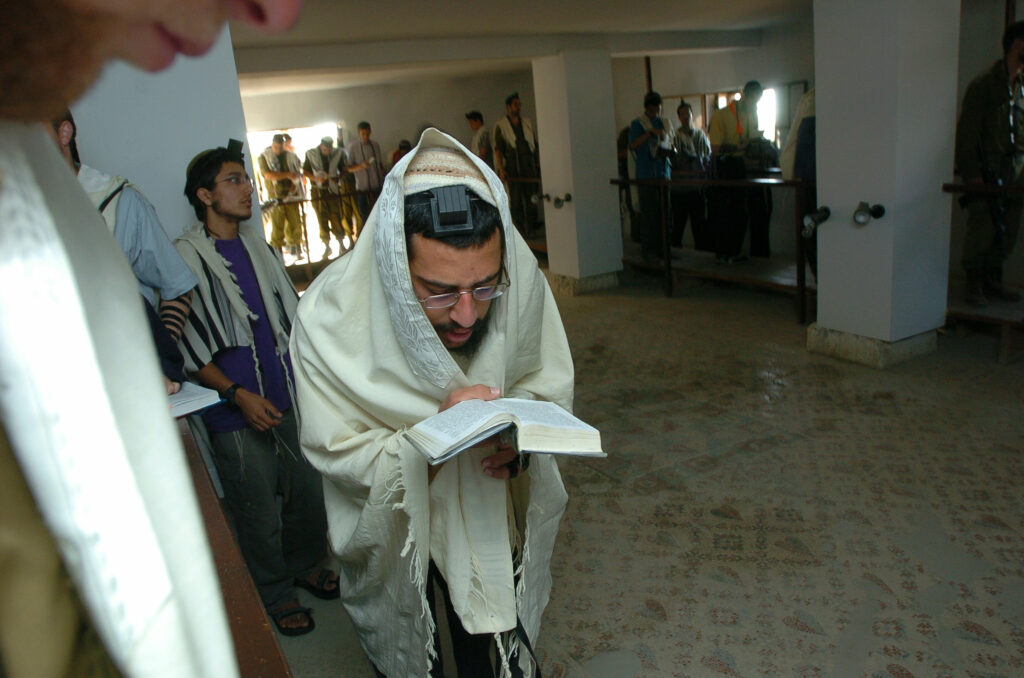
Purim in Biblical Israel’s oldest city canceled due to terrorists at large
The traditional megillah reading at the site of an ancient synagogue in Jericho has been canceled because the terrorists who murdered a US citizen in the area last week are still at large in the region.
Purim commemorates the victory of the Jews over those in the Persian Empire who wanted to exterminate them.
The holiday was celebrated by the Jews of Persia on the 14th of Adar (Esther 9:17). But in the Persian Empire’s capital Shushan, the killing of the enemies of the Jews, most notably the sons of Haman, continued for an additional day. So the Jews of Shushan celebrated Purim the following day on the 15th of Adar (Esther 9:15). For this reason, all cities which existed and had walls at the time when Joshua entered the land of Israel with the Israelites celebrate Purim a day later than the rest of the world. While many know that Jerusalem celebrates Shushan Purim instead of regular Purim, few are aware that a small group of Jews hold an annual reading of Megillat Esther at the Shalom al Israel Synagogue in Jericho, a city that also fits the requirements to celebrate the belated holiday.

The Jericho synagogue stands on a mosaic that dates to the late 6th or early 7th century CE and was discovered in 1936. The mosaic floor incorporates Jewish symbols such as the Ark of the Covenant, the Temple Menorah, a shofar, and a lulav. There is also a Hebrew inscription, “Peace [up]on Israel” (שלום על ישראל), after which the mosaic was named. Unlike most synagogues of the period, no Hellenistic symbols are found on the mosaic and there are no names of benefactors. A house was built on top of the mosaic to preserve it by a well-off Arab Jerusalemite, Husni Shahwan, who owned the land.
A tradition has it that this is the place where Joshua was met by the Angel of G-d before embarking on the conquest of Jericho, the first city he would go on and conquest. The angel told him, “Take your shoe from off your foot, for this place is holy” (Joshua 5:13).
After the 1967 Six-Day War, the site came under Israeli military control and remained under the responsibility of the owners, the Shahwan family. The site became a popular tourist destination and religious Jews came regularly for prayers. The Shawan family charged an entrance fee until 1987 when the First Intifada broke out and the Israeli authorities confiscated the mosaic, the house and a small part of the farm around it. They offered compensation to the Shahwan family, but the offer was rejected.
After the 1995 Oslo Accords, control of the site was given to the Palestinian Authority (PA). At the beginning of the Second Intifada in 2000, the site again became a source of conflict. Since July 2007, Jewish prayer services in the Jericho synagogue have been allowed once a week.
Erna Covos has dedicated herself to keeping the Shalom al Israel synagogue open for Jews to pray.
“Prayer is only permitted with permission from the IDF,” Erna told Israel365 News. “They just informed us that prayers will not be allowed this year. This is because the terrorists who murdered Elan Ganeles last Monday are still at large.”
Last year, approximately 50 Jews arrived for the reading of Megillat Esther.
“There is a fallacy in that tourist groups are permitted to enter,” Erna said. “This is not just a national conflict. This is a religious war of good against evil, just like the story of Purim. Just as there is great evil, there is also great good in the nation of Israel. But we have to allow the good side to win.”
The post Purim in Biblical Israel’s oldest city canceled due to terrorists at large appeared first on Israel365 News.
Israel in the News